India’s supply chains are experiencing a paradigm shift driven by a mix of corporate accountability, government initiatives, and changing consumer preferences. This transformation is critical as the country aims to balance its rapid economic growth with environmental sustainability.
Economic and Environmental Context
India’s Gross Domestic Product (GDP) grew at 7.2% in 2022-2023, one of the highest among large economies. However, this growth comes at an environmental cost. According to the Centre for Science and Environment's (CSE) State of India’s Environment Report 2022, India is the third-largest emitter of greenhouse gases globally, with the supply chain sector accounting for a significant share of carbon emissions. Transitioning to sustainable supply chains can play a crucial role in reducing these emissions.
Corporate Commitment to Sustainability
Several Indian businesses are leading the way in green supply chain practices:
- ITC Limited: ITC’s commitment to a low-carbon economy is evident in its "Well-being Out of Waste" initiative, which processes over 20,000 tons of post-consumer waste annually.
- Mahindra Group: It aims to become carbon neutral by 2040 and has already implemented measures like solar-powered warehouses and optimized logistics to cut fuel consumption.
- Tata Steel: The company has integrated circular economy principles by utilizing industrial by-products in manufacturing, reducing waste, and minimizing environmental impacts.
The CII (Confederation of Indian Industry) GreenCo Rating System has incentivized over 500 companies to adopt eco-friendly practices, demonstrating industry-wide enthusiasm for green innovations.
Consumer Preferences Driving Change
According to a report by NielsenIQ (2023), 77% of Indian consumers prefer buying from companies that are environmentally conscious. This growing demand compels businesses to incorporate sustainable practices in their supply chain to remain competitive. Eco-packaging, transparent sourcing, and reduced emissions in product transportation have become non-negotiable aspects for customer-centric companies.
Policy and Regulation
India’s policy framework actively supports sustainable supply chain practices. Key initiatives include:
- Faster Adoption and Manufacturing of Electric Vehicles (FAME) II: Promoting the use of EVs for supply chain logistics to lower carbon footprints.
- Extended Producer Responsibility (EPR) Rules: These ensure companies account for the end-of-life disposal of products, reducing landfill waste.
- National Logistics Policy (2022): This aims to achieve a carbon-efficient logistics sector while reducing costs from the current 13-14% of GDP to 8%.
Statistics on Current Trends
- The renewable energy share in India’s energy mix is growing, with solar power accounting for 21% of total renewables in 2023.
- Logistics accounts for about 10% of India's carbon emissions. Shifting to EVs for last-mile delivery has the potential to reduce this by 15-20% by 2030 (World Bank).
- By 2025, India is expected to see a 200% increase in green warehousing demand due to automation and eco-friendly practices (JLL).
Global Collaborations
India’s participation in international initiatives amplifies its efforts. Through partnerships such as the Coalition for Disaster Resilient Infrastructure (CDRI) and commitments under the Paris Agreement, India aligns itself with global sustainable development goals. A standout initiative is the partnership with the EU under the “India-EU Clean Energy and Climate Partnership,” focusing on reducing supply chain emissions in key industries like steel and cement.
Technology and Sustainability
Digital tools and technologies like blockchain, artificial intelligence (AI), and the Internet of Things (IoT) are becoming essential for tracking sustainability metrics in supply chains:
- Blockchain: Ensures transparent tracking of ethically sourced materials.
- AI: Predicts energy and fuel consumption patterns, helping reduce wastage.
- IoT: Monitors environmental impacts in real-time, such as temperature and emission levels.
A report by Gartner predicts that by 2026, 75% of large global organizations, including Indian firms, will use digital technology to transition to more sustainable supply chains.
The Future Outlook
India’s move towards sustainable supply chains is not just a trend but an urgent need. The Global Supply Chain Report 2023 by CDP revealed that if supply chain emissions were mitigated by just 20% worldwide, it could save companies up to $120 billion annually in operational costs. This resonates strongly with the country’s ambitions to position itself as a global supply chain hub while adhering to eco-friendly standards.



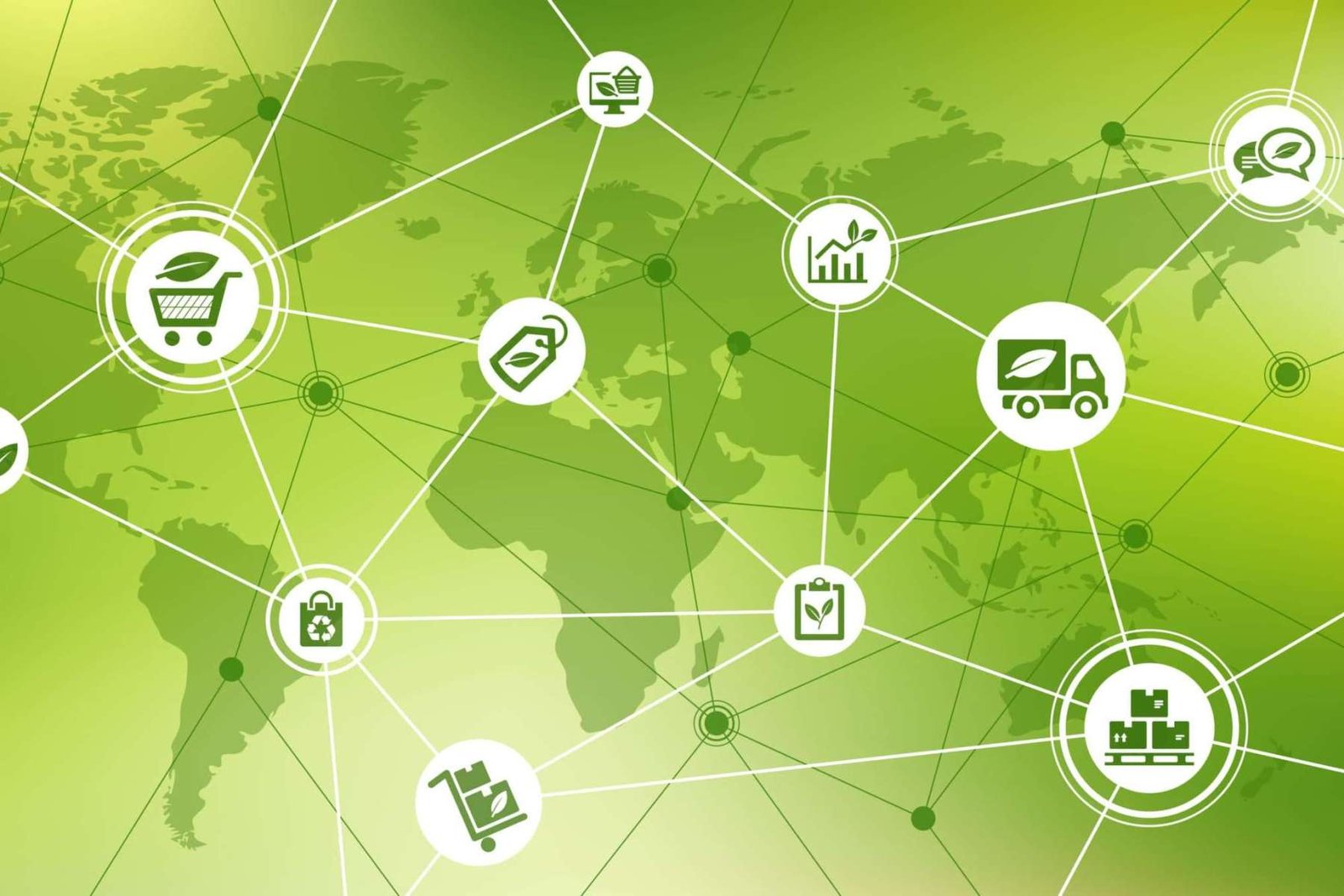

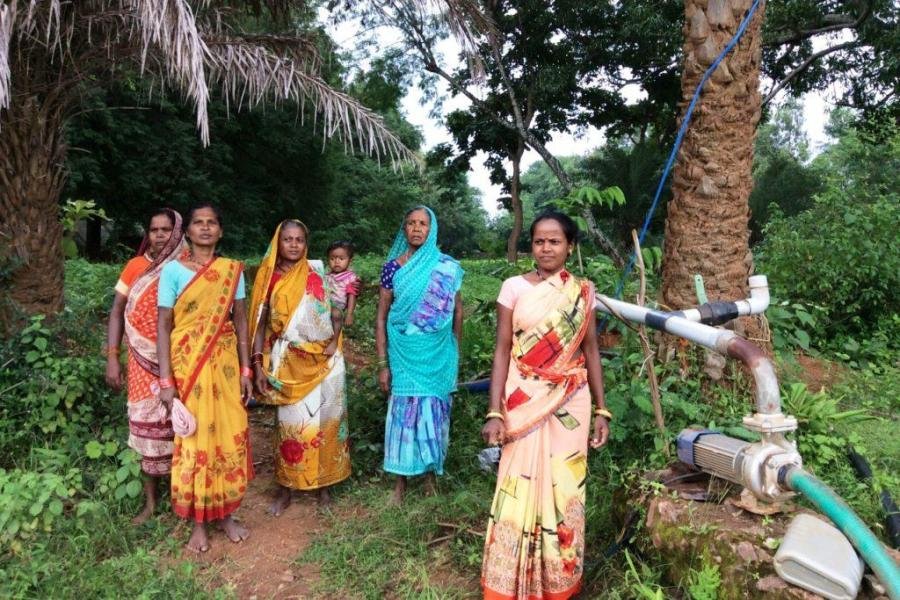
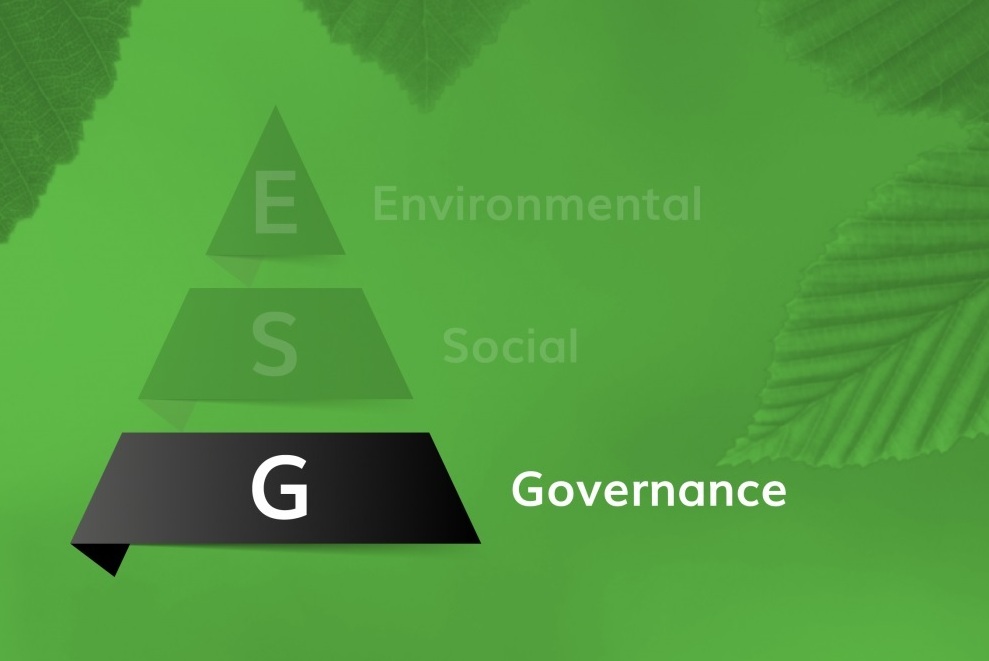
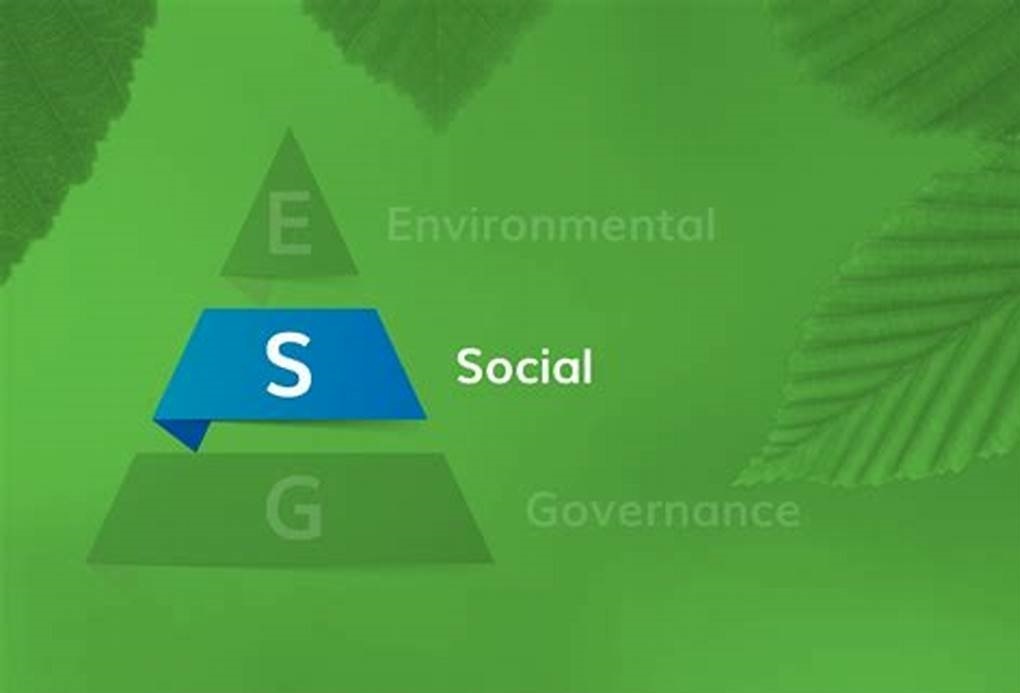

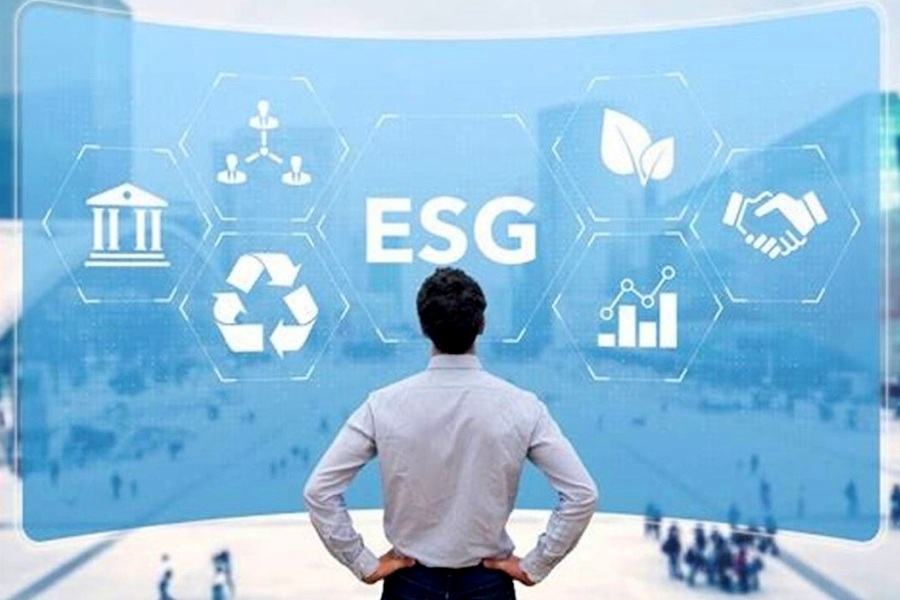
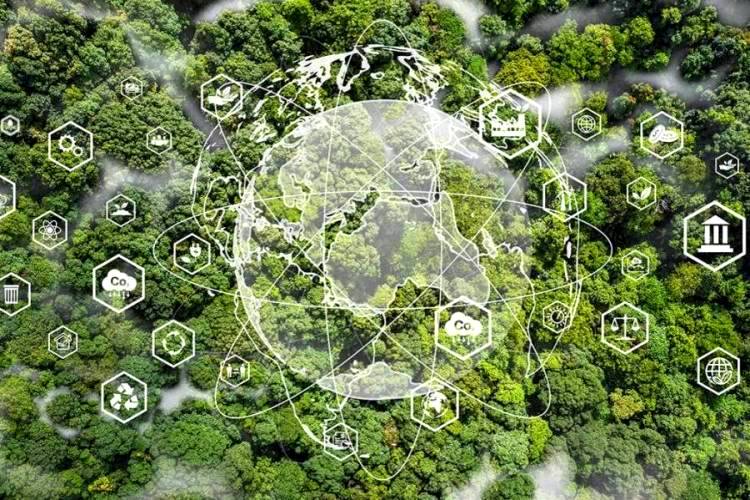
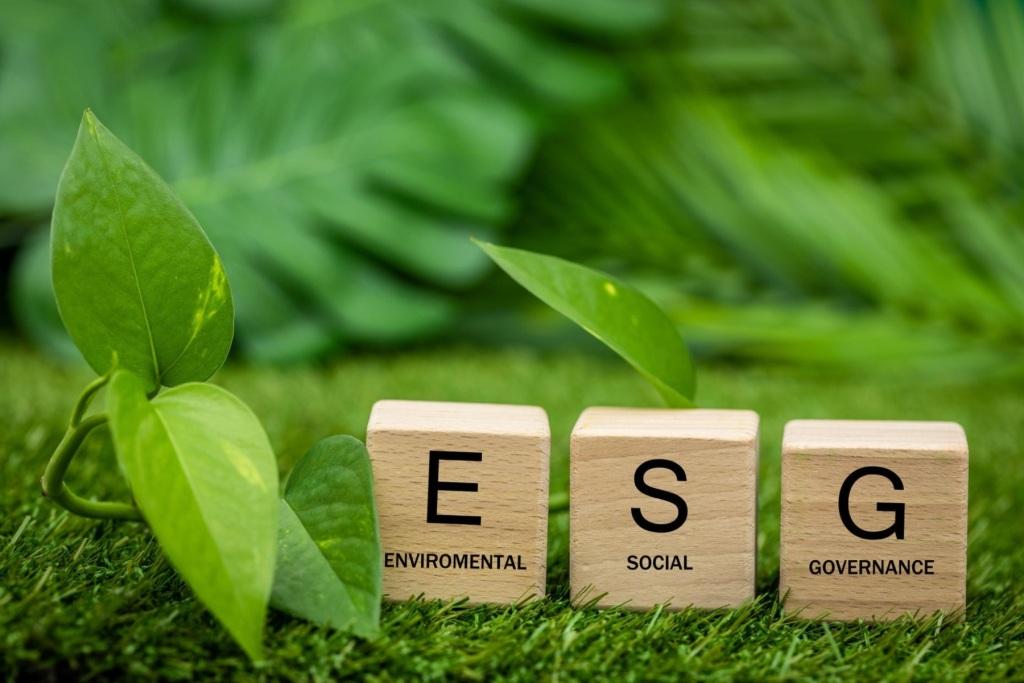





.jpg)




